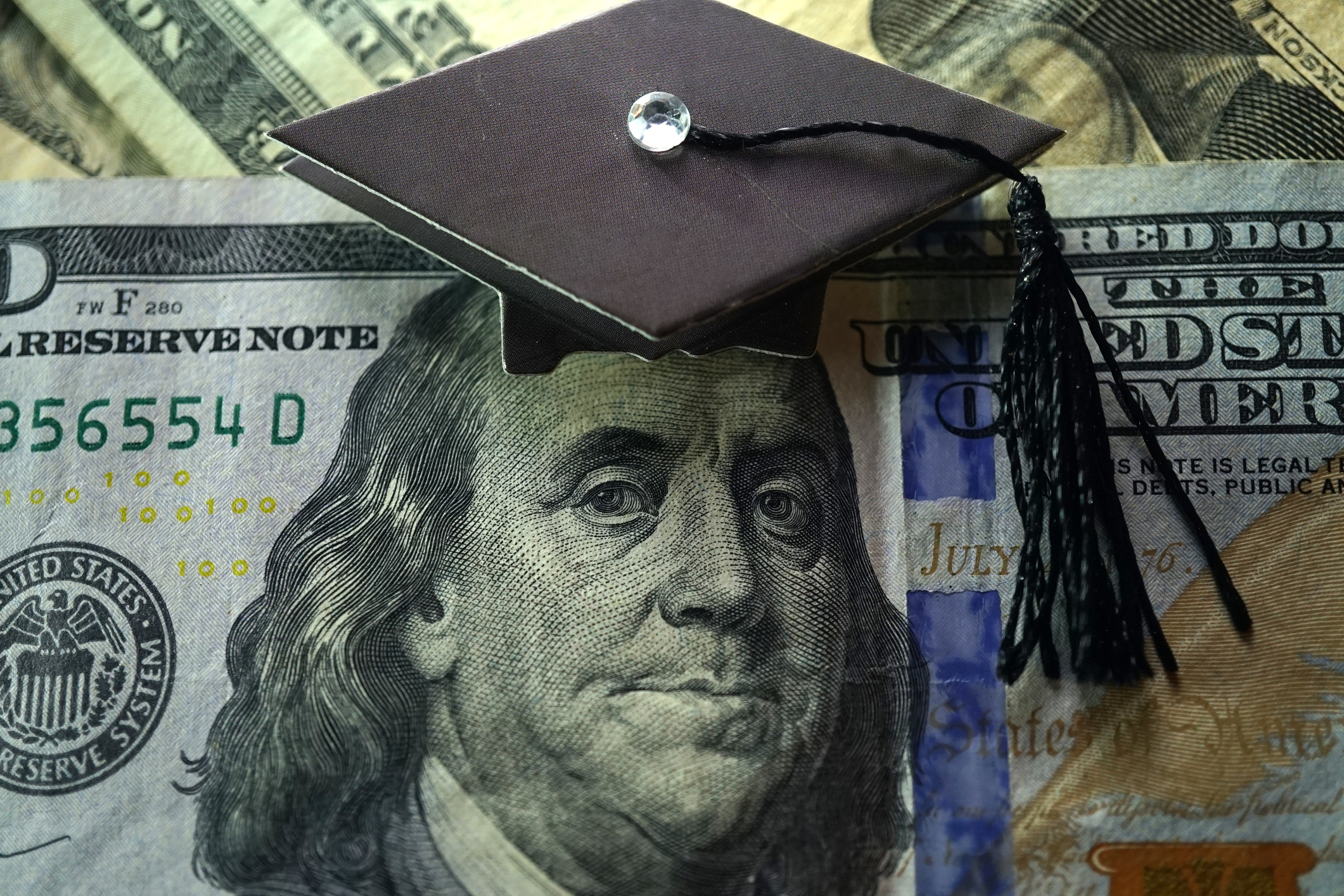Student Loan Starting Line


For many new college graduates, the following story may sound familiar… You did it! You reached the pinnacle of academic success your teachers and parents have been preparing you for. Infinite paths are laid out in front of you and you have full control over which path you take. You then begin to analyze where each path takes you and can’t help but to notice a heavy financial weight. That anchor is the existence of student loan debt.
Today, in an effort to encourage you to be the captain of your finances, we share our thoughts on the ever-becoming standard presence of student loan debt and how to live with that debt in ways which will not hinder your financial and life decisions.
Beginning your life with this debt may seem like a scary thing, and while that may be true, it can become a manageable part of your everyday financial life. The existence of student loans represents your initial investment to receive a college degree and in return rewards your upfront cost with a higher paying job. A study by the U.S. Government concluded that those receiving a degree from higher education earn $1,000,000 more over the course of their career compared to those who did not receive a degree. This benefit alone is reason enough to coexist with the beast commonly referred to as student loan debt.
The first thing to know after graduating with student loan debt is that the lending organizations offer a six-month grace period before minimum payments are required. This grace period is beneficial in allowing a recent graduate to get settled into their new financial situation. During this period, it is in your best interest to begin tracking your income and expenses. This will help you understand your cash flow patterns and allow you to analyze the different ways to make payments that fit within your budget. As tempting as it may be to buy that brand new car or begin payments on a luxury apartment, be cognizant of your current debt balance and think about delaying those purchases until the balance on your student loan is more manageable. A proactive way to utilize this time includes setting aside what you believe to be your monthly payment to allow a significant payment right from the start. Those six months will fly by quickly, so it is important to get ahead on your student loan management and education so you are not blindsided once the payments actually begin.
Once you know you are able to handle the monthly payments and begin the repayment process, there are strategies to most efficiently begin to pay down the balance. If you are looking to get ahead on the payments, you may look towards paying down the most expensive loan first. This does not mean the loan with the highest balance, but rather the loan with the highest interest rate. Over time, the effects of compounding on the high interest rate make the loan more expensive than those with lower rates. Therefore, to get ahead, you may consider extra payments to these high-interest loans. Another strategy to help one live with the presence of student debt is to consolidate the aggregate of all outstanding loans into one. Consolidating student loans is similar to that of refinancing a house in hopes of receiving a lower interest rate on payments. This strategy also consolidates the numerous loans into one and in return allows for easy management and a single monthly payment. It’s important to note, however, that depending on the agreed upon terms, you may not be able to consolidate certain loans.
Once you have entered the repayment period, what happens if you are struggling to meet the minimum payment? If this happens to you, do not worry; there are a number of ways to help you manage your balance. It is important to recognize your payment schedule is typically based off a 10-year term. If after tracking your income and expenses you determine the minimum payment is too much to cover each month, you may be able to increase the length of the repayment schedule. This will reduce the amount you pay each month, however doing so will cause you to pay more interest over time. Accordingly, it is important to weigh the pros and cons of interest accumulation piling up and to determine if stretching out the payments is the best option for you. Another rule to be aware of is loan forgiveness which is available for those who work in public service and other qualifying organizations. If working in a qualified profession, you may be eligible for loan forgiveness after 10 years of payments.
At Yeske Buie, we work with Clients to help mitigate the accumulation of student loan debt for their loved ones by opening 529 college savings plan as an early strategy to reduce the overall debt of future graduates. We hold open conversations with Clients regarding their desire to help with college payments and consistently monitor these accounts from creation through payment of tuition and other educational expenses. We also share tools like those from the Consumer Financial Protection Bureau which help educate prospective college students about the associated costs and provide repayment resources to those who carry student loan debt. We are always available to speak with you regarding any concern you have about the cost of higher education, as well as strategies to pay off any outstanding balance and encourage you to reach out to us with any questions you may have!
Having student loan debt can be a scary reality, but it is a reality that a majority of our population is facing. It is important to know that you are not alone and that you will not hold on to this debt forever. We offer congratulations to those recent graduates of higher education programs and offer encouragement to those currently living with their student loan debt and handling the repayment of their balance!
